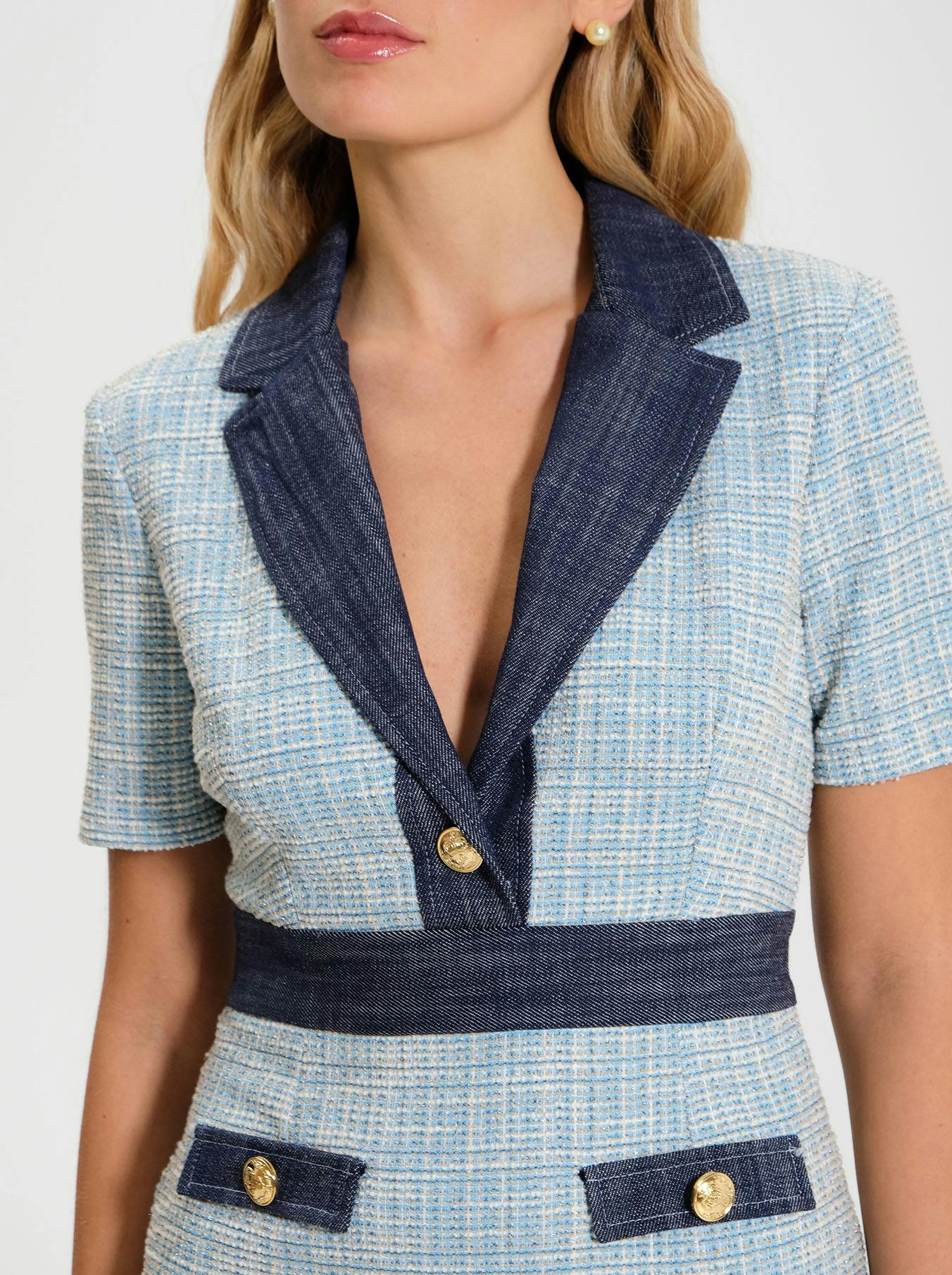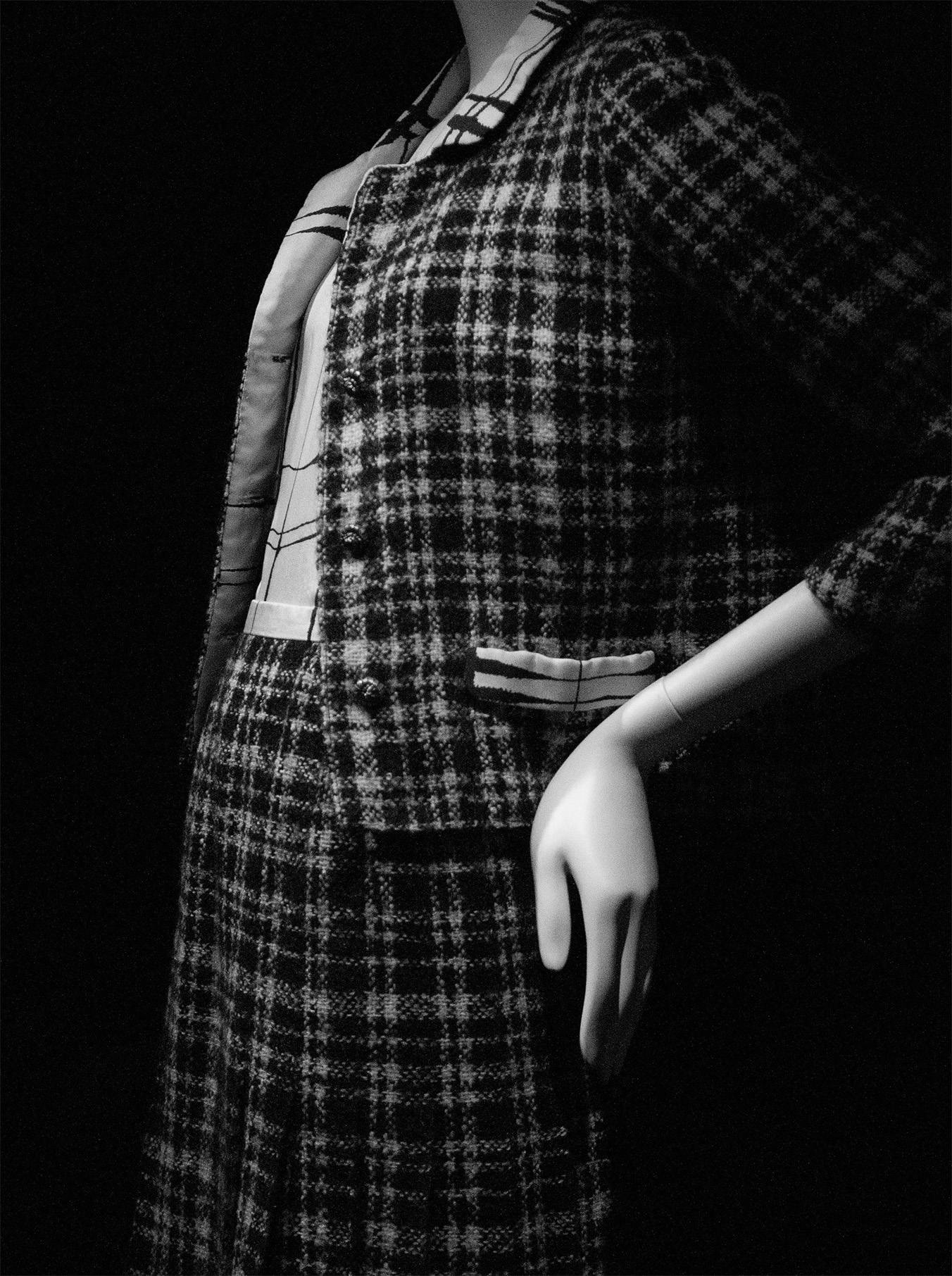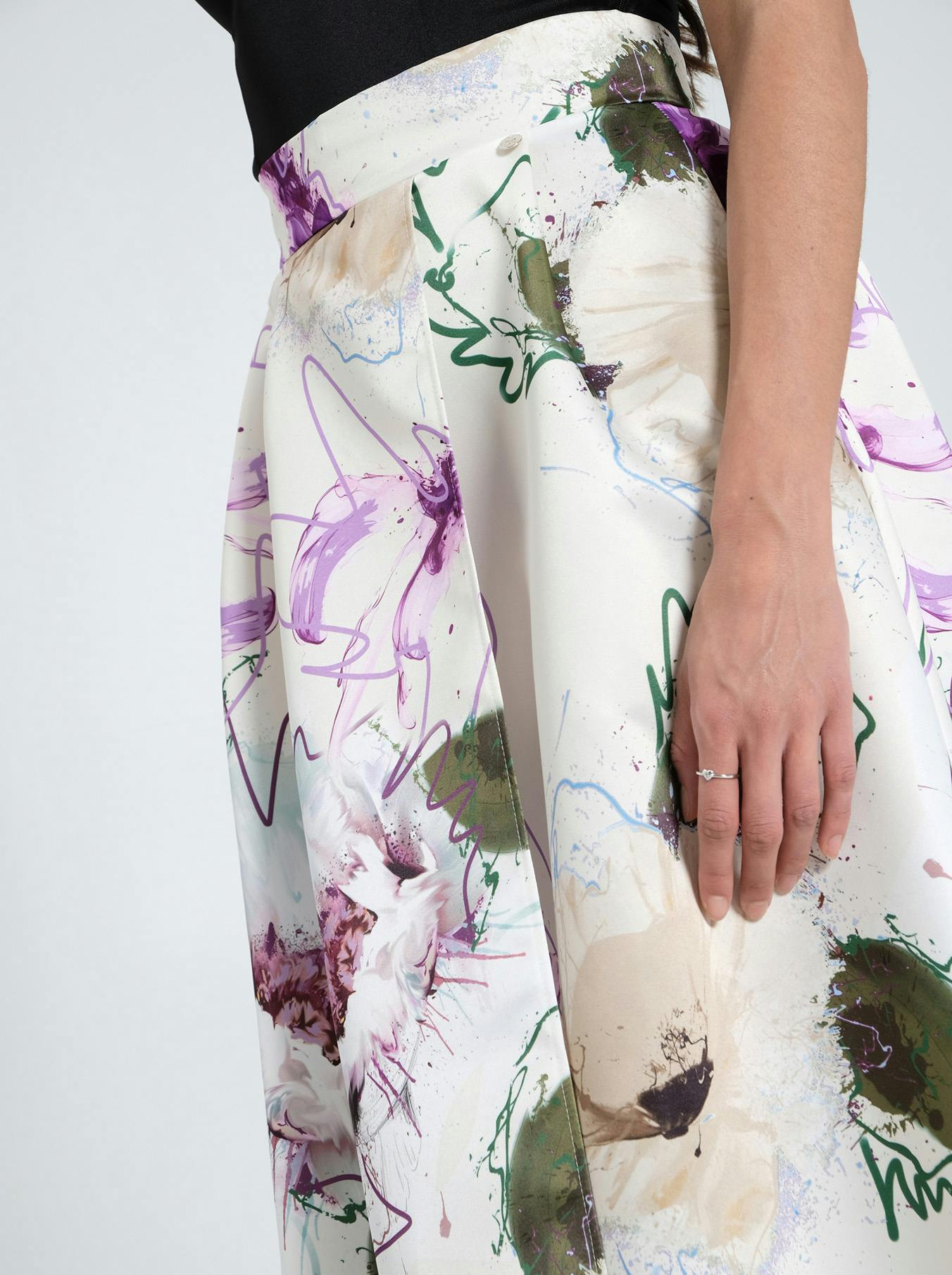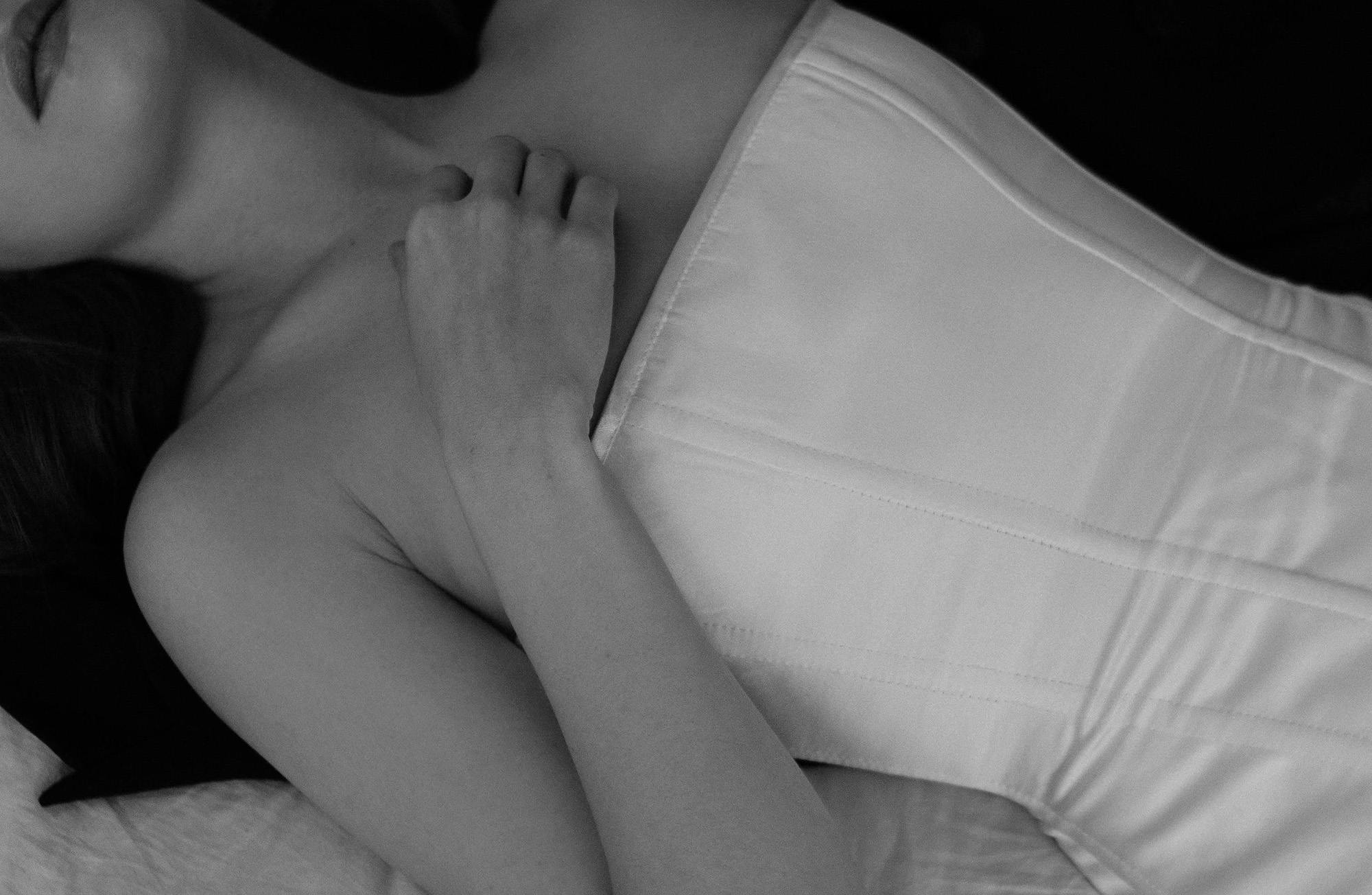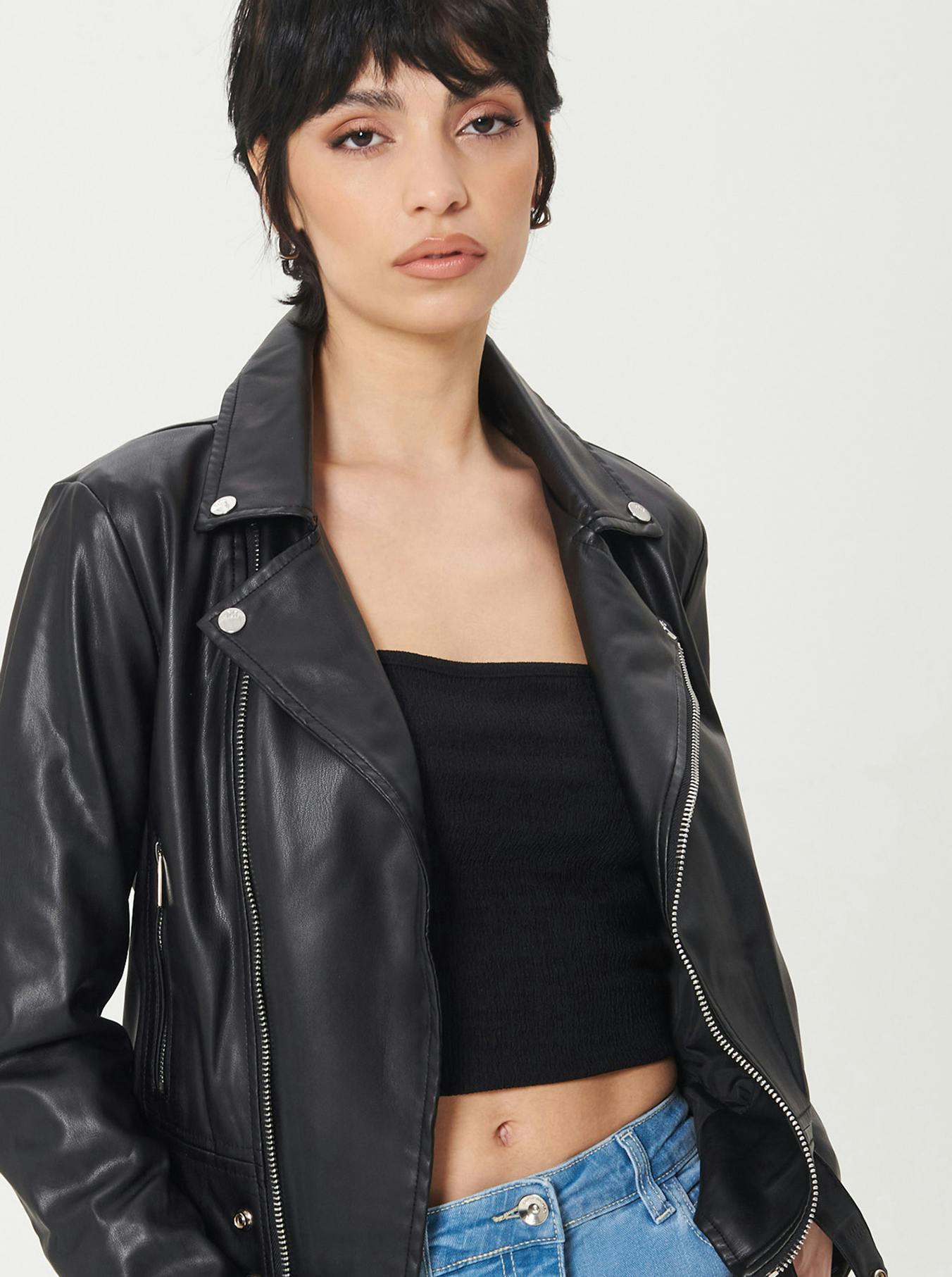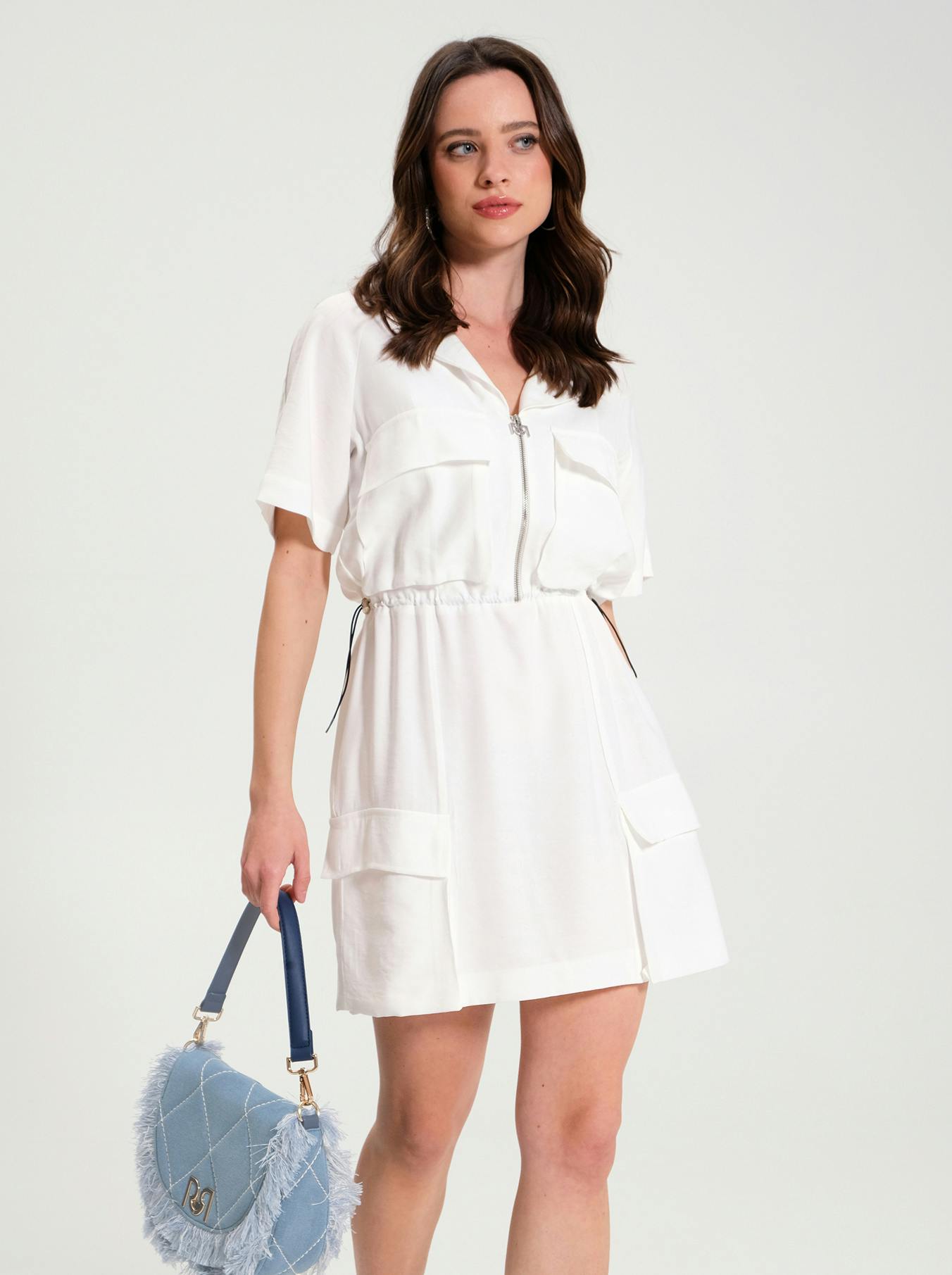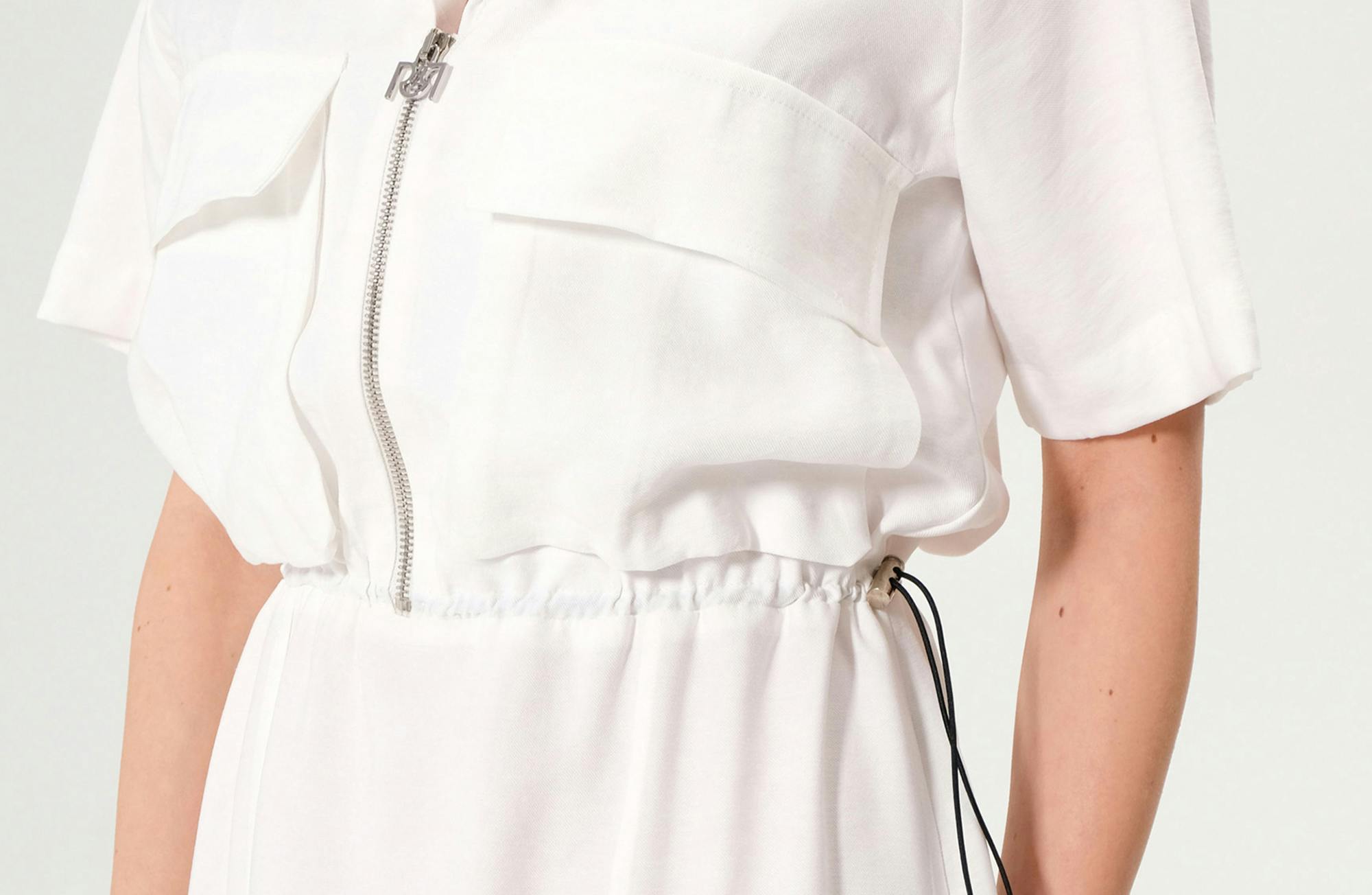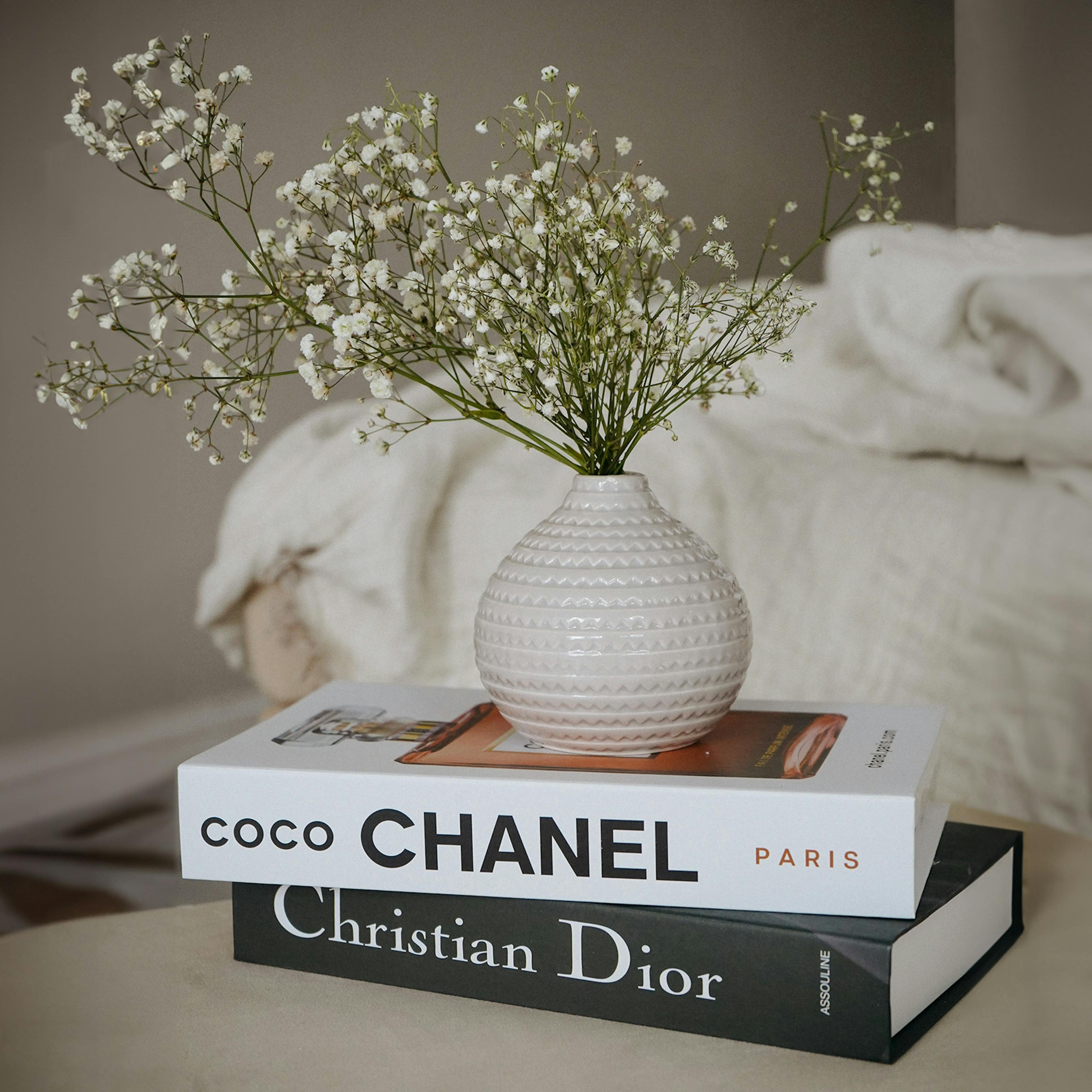Women in fashion
Here are the designers who made history by revolutionising what it means to be a woman
Reading time: min
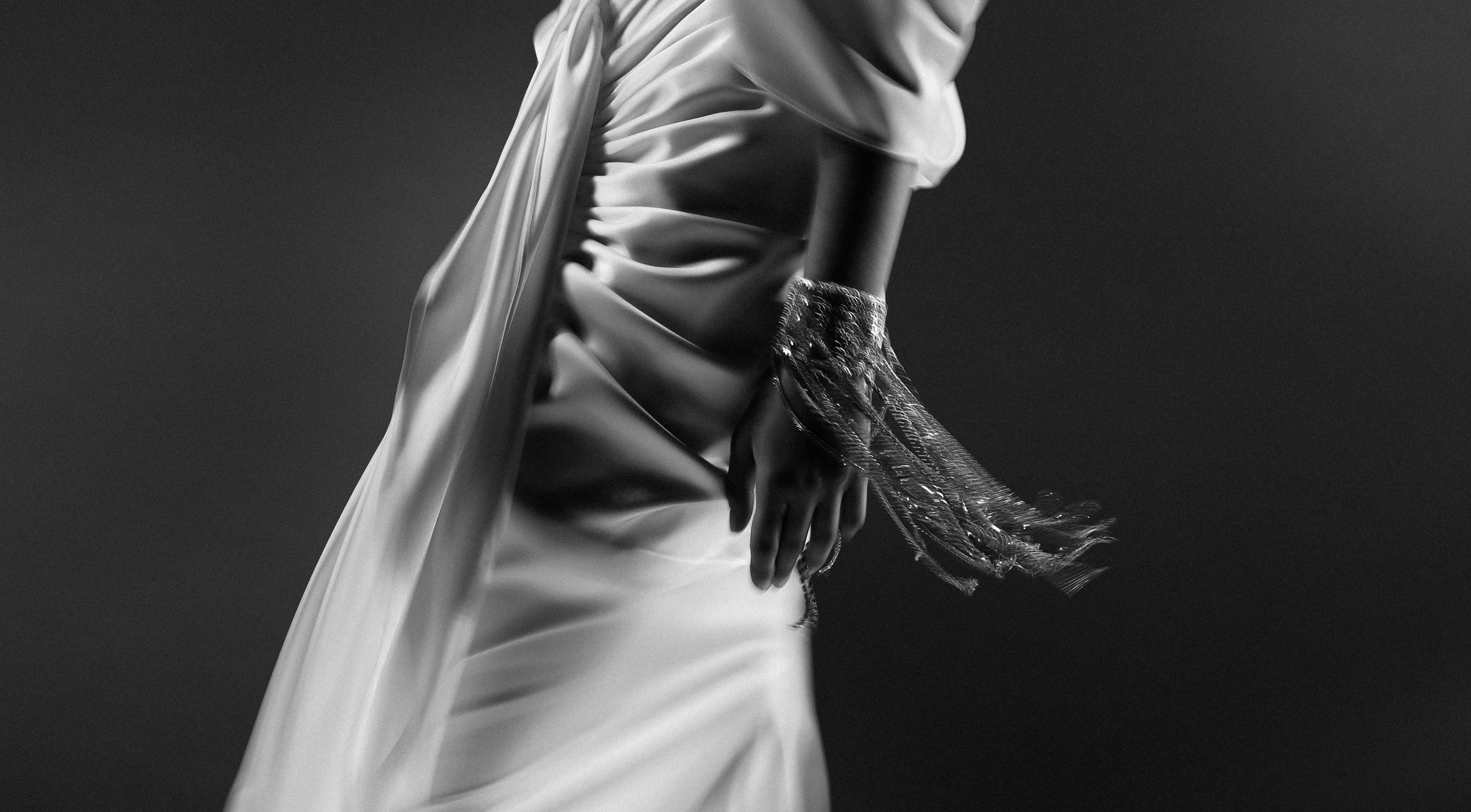
The choices we make in fashion are a way of showing what it means to be a woman. Clothing has long been perceived as a purely formal and aesthetic aspect of a woman's life. Yet we know how throughout human history, the way people began to conceive of clothes reflected choices and changes taking place in societies. Behind these changes, there are female designers, who, first and foremost, had the courage to become interpreters and arbiters.
Coco Chanel: when fabric creates elegance
Gabrielle Chanel or Coco, as she used to be called, needs no introduction. We all know the iconic handbags, perfumes and suits, but perhaps not everyone knows that Gabrielle started her career as a designer making hats for women. Just with that simple, everyday accessory, she revolutionised women's fashion.
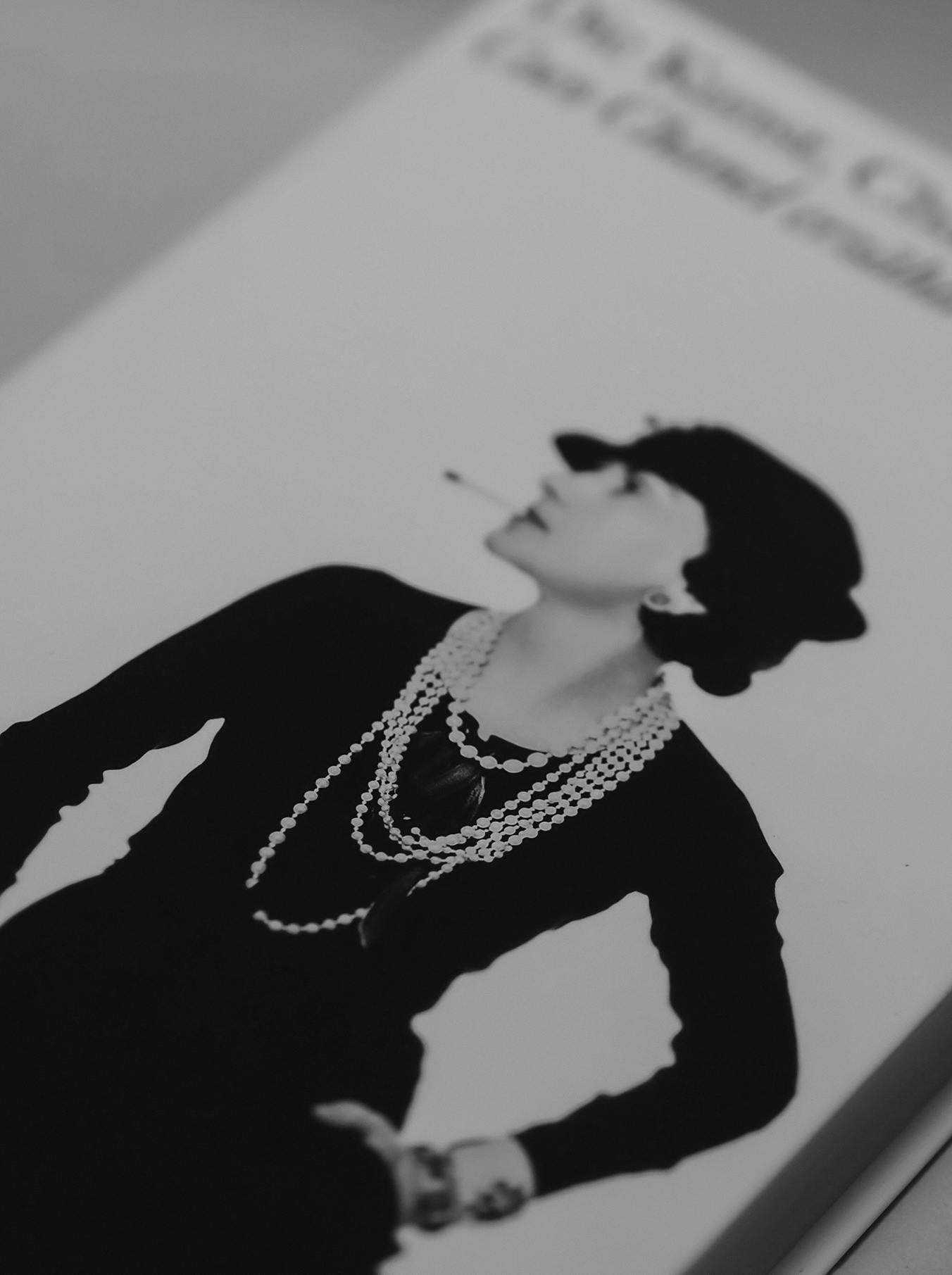
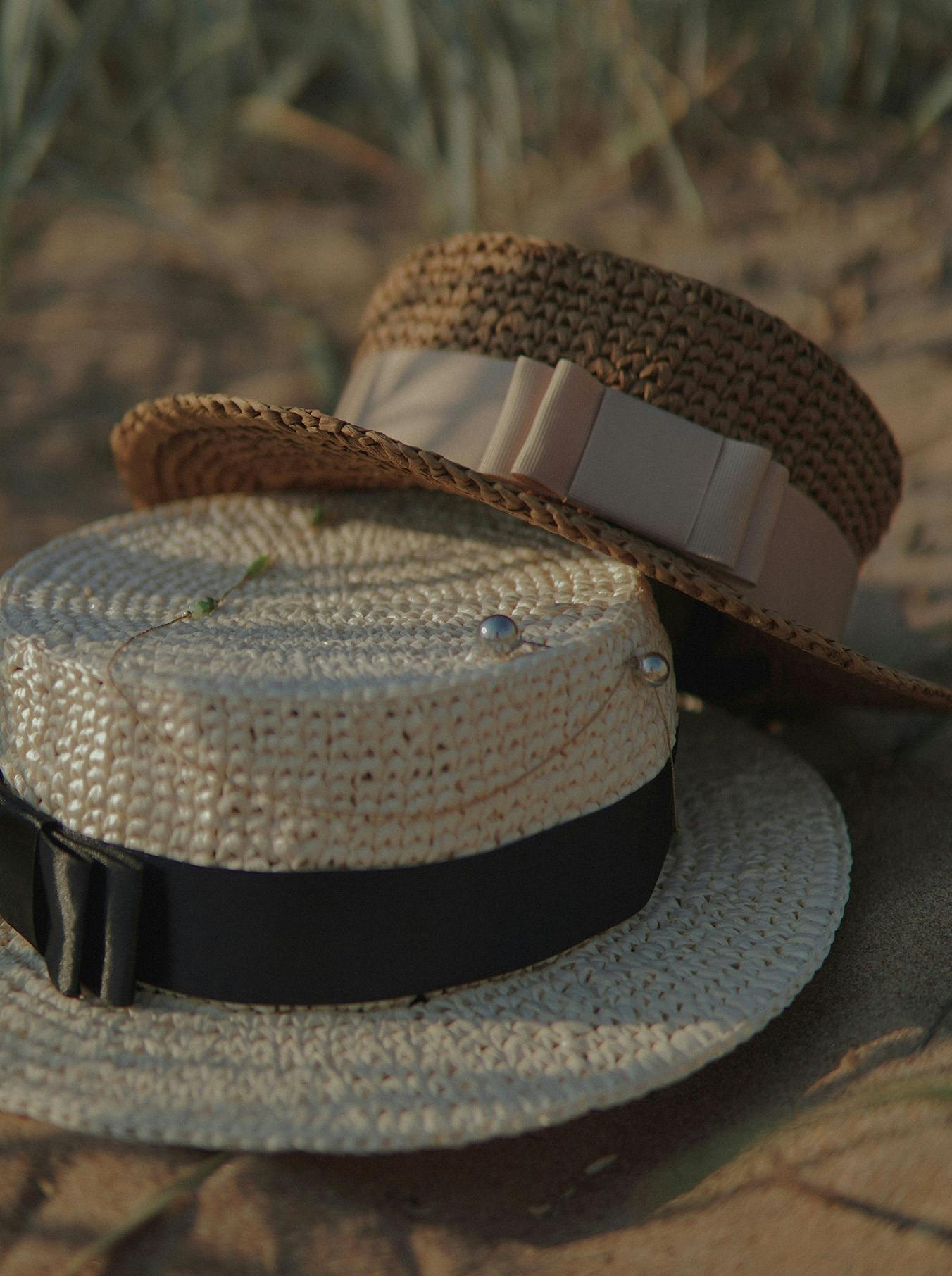
In the early 1900s, Coco started making the first ladies' hats. To understand the revolutionary scope of her creations, you have to imagine that women at that time wore very elaborate and heavy hats that were decidedly uncomfortable. Wearing them required an awkward support structure, called a pompadour, but Chanel managed without it. The hats made by Coco were minimal, made of woven straw and adorned with simple, small flowers. They were charming, elegant and easy to wear and quickly attracted the attention of high society women. Chanel's straw hats were the first, silent revolution initiated by Coco.
Fashion has two goals: comfort and love.
The second was, if possible, even more unusual for the time and concerned the choice of fabrics for making her first garments. As you may have noticed, Gabrielle was a non-conformist, unconventional woman for her time, and she hated the idea of seeing women stuffed into the complex creations that male designers made for them. So Chanel, having opened her tailor's shop, chose to make dresses in jersey, a fabric considered unsophisticated and more suitable for work. In all honesty, jersey is indeed such a practical and comfortable fabric that it’s suitable for any type of activity. Light, versatile and modern, jersey would become the signature fabric for Coco Chanel’s dresses, along with tweed.
Vivienne Westwood: punk revolution
We leave Chanel's elegant gowns aside for a moment to enter the rock and rebel world of Vivienne Westwood. The London-based designer immediately established herself on the British fashion scene with her bold, fierce and provocative style. Say goodbye to glam and sober princesses, it’s time for punk icons with strong personalities. Vivienne Westwood was the first to make the woman's personality the indispensable garment, making her creations an ode to freedom.

‘The only reason I’m in fashion is to destroy the word conformity’
It's not just clothes we're talking about here. The designer has been a spokesperson for battles for civil rights and gender equality, and has always been at the forefront, ready to challenge all kinds of social conventions with her clothes. If that wasn't enough, she was also among the first designers to fight for sustainable and ethical fashion. But if you think Vivienne Westwood's fashion isn’t also hyper-feminine, you are wrong; if there is one garment she is world famous for, it’s the corset. The passion for this decidedly vintage garment comes from the world of stage costumes of which Vivienne was part. Let's not forget that the designer's first fashion show was dedicated to pirates, and in her imaginary world of pirate girls, Westwood pictured them in corsets and maxi skirts.
Miuccia Prada: essential and looking to the future
Milanese, feminist and ingenious – this is Miuccia Prada. This woman managed to transform the family business into one of the world's most popular fashion houses in a flash. The revolution that Miuccia brings to fashion is marked by a skilful mix of innovation, culture and vision. Miuccia was passionate about the arts from a young age. She studied acting, and was involved in the world of theatre until she brought everything into the company founded by her grandfather. When she arrived, Miuccia brought her forward-thinking ideas and introduced – just like Coco Chanel – a less noble fabric, which was nylon. With this fabric, she began to make the bags that are still present in her collections today, later adding clothes to her company's production line and bringing the technical fabric to the catwalk, making it elegant and feminine.
Her garments are characterised by geometric designs that Miuccia borrows from contemporary art. She also uses bright colours – red is one of the Milanese fashion house's most iconic colours – and incorporates a contrast between black and white, which has become her signature feature. In the wake of Chanel, Prada designs a free, enterprising and emancipated woman.
‘You have to embrace the world if you want to live in it now.’
When Miuccia creates fashion, she uses it to represent society and modernity. She has always considered herself a woman of culture before a designer, and the Prada Foundation was born from this passion. For years, the foundation has been mixing the two worlds, art in the strictest sense and fashion, as two sides of the same coin.
We take a journey through the history of fashion, following in the footsteps of the women who brought revolution to a field where power was totally in the hands of men. Thanks to these extraordinary women, and the many who, like them, have chosen to pursue their passions with courage, ever greater freedom has been achieved. From the option of wearing a hat that isn’t uncomfortable to making decisions about one's own life, all these steps have contributed to building an increasingly fair, inclusive and ethical world.
